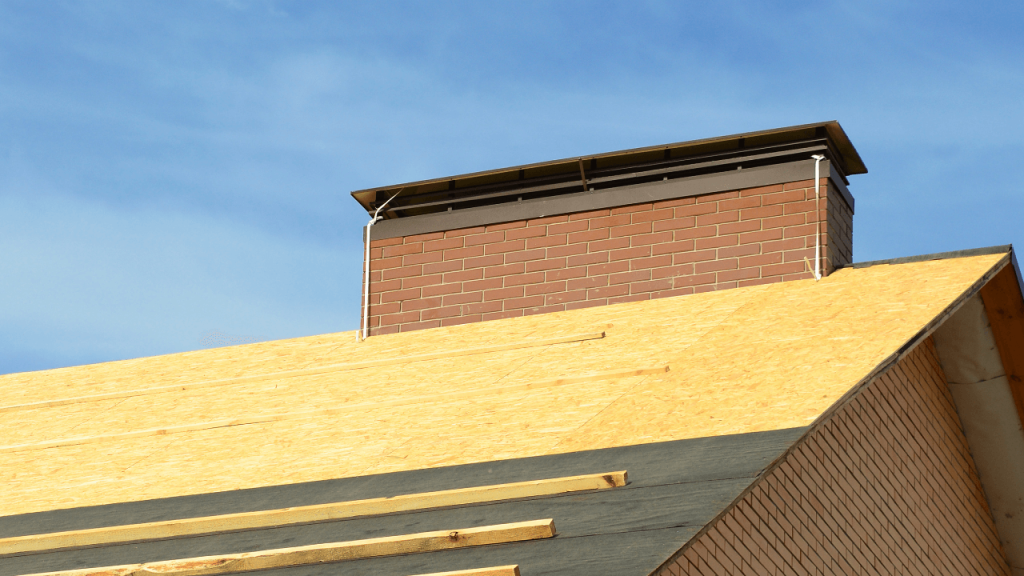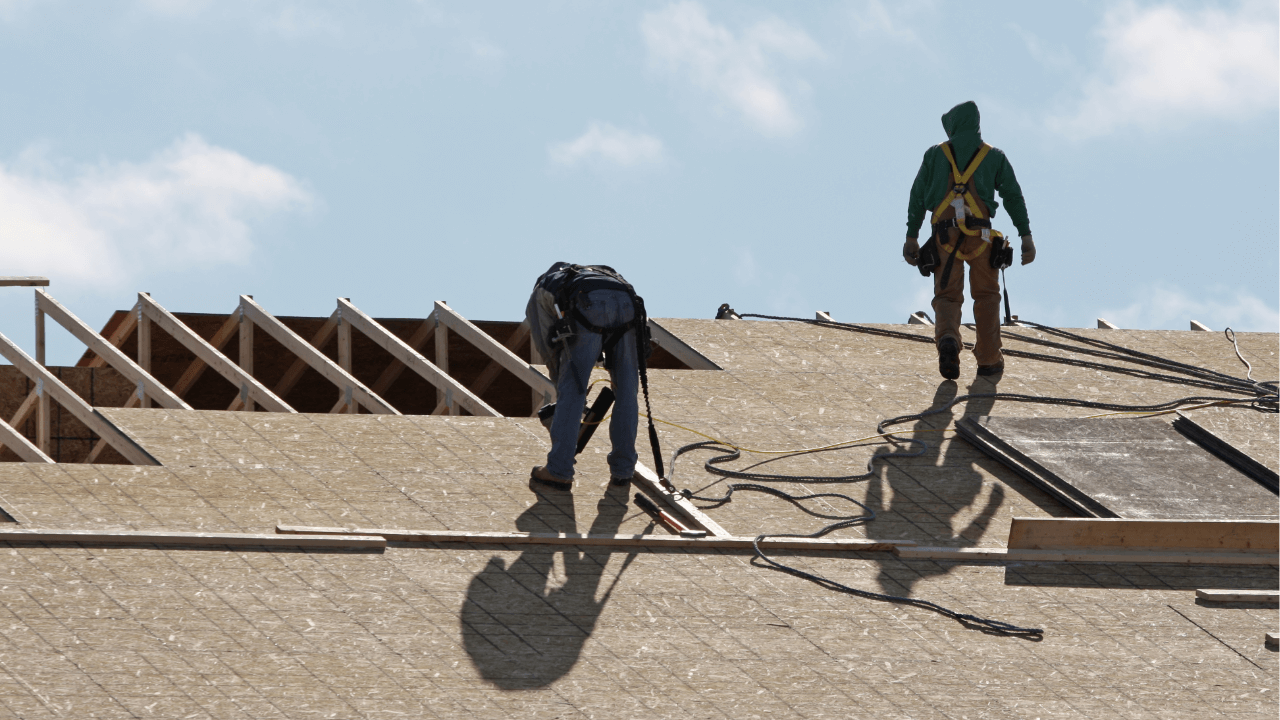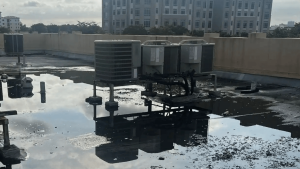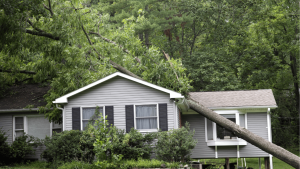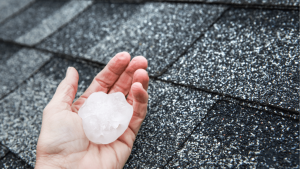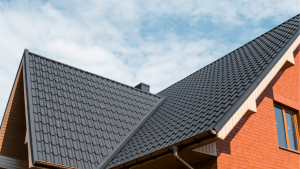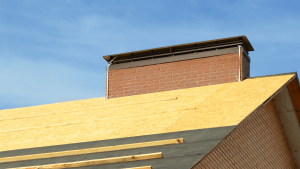
Roof decking in Florida: The hidden foundation protecting your home
Roof decking in Florida isn’t just any wood; it’s a critical component designed to withstand extreme conditions. The unique environmental pressures here – relentless humidity, scorching sun, and the ever-present threat of hurricanes – demand specific materials and installation practices.

